Russian planes keep getting blown up in airfields hundreds of miles from the fighting, exposing embarrassing gaps in its defenses
- By Business Insider
Share This Article
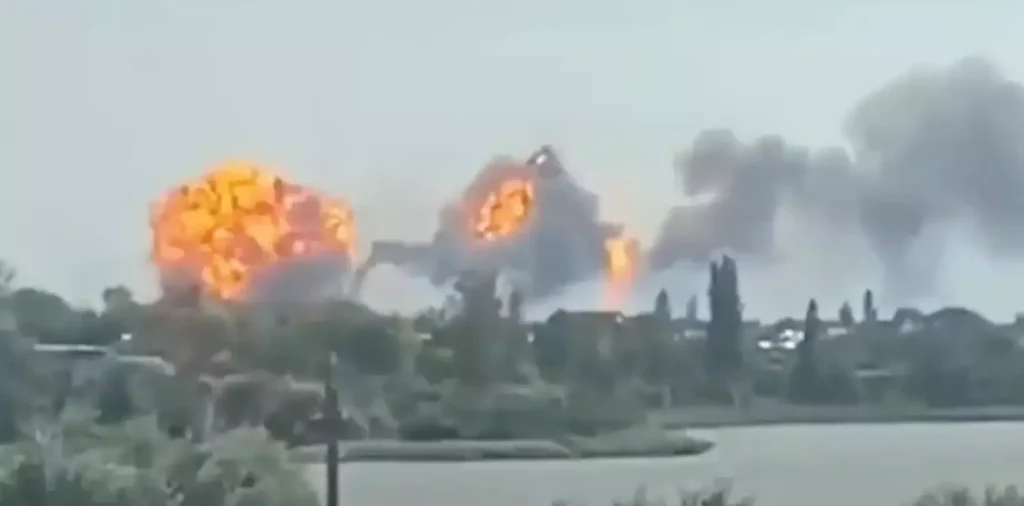
This article by Sinéad Baker was originally published by Business Insider.
Russian military aircraft keep getting damaged or destroyed at airbases deep inside its own territory, exposing gaps in its defenses that Ukraine has been able to exploit.
Military analysts told The Wall Street Journal that Ukraine has likely disabled more Russian aircraft while they were sitting in bases than it had in live combat. It is a situation that will likely prove embarrassing for one of the world’s foremost military powers.
The latest damaged aircraft are four transport planes damaged in a drone attack at an airport in the city of Pskov in north-west Russia, including two that were on fire, according to state media outlet TASS.
It is around 450 miles from the Ukrainian border.
Russia’s foreign ministry blamed Ukraine, saying it “will not go unpunished,” Reuters reported.
It followed a string of attacks on aircraft at bases within Russia and its occupied territory this month.
Related: A realistic analysis of what F-16s can really do for Ukraine
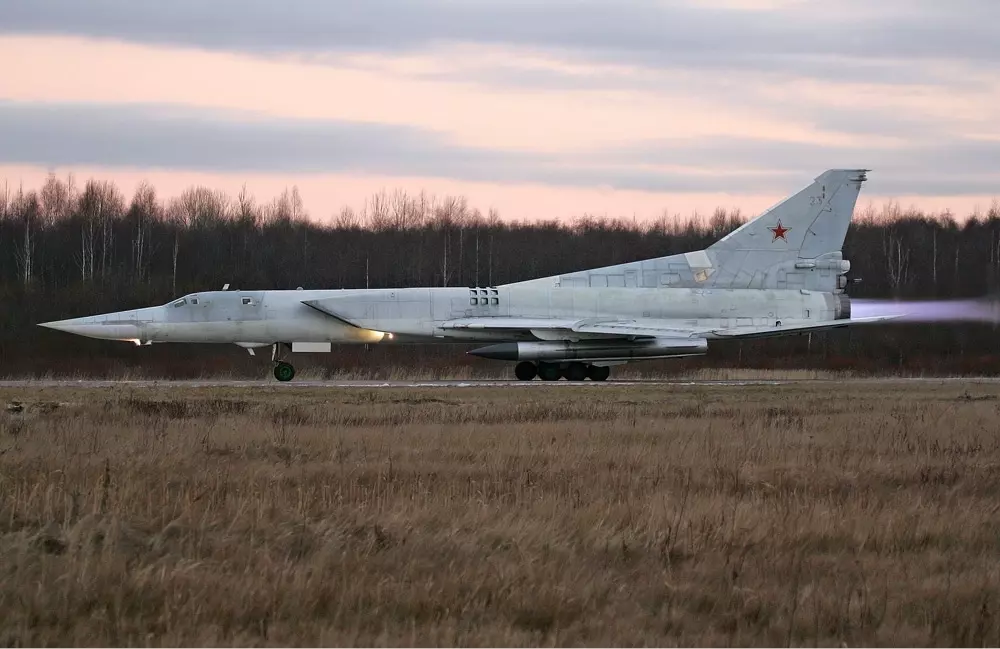
A prized supersonic Russian Tupolev Tu-22 bomber was blown up earlier this month at the Soltsky-2 airfield in Russia’s Novgorod region, which is also more than 400 miles from the border.
Russia’s defense ministry blamed a Ukrainian drone for that attack too.
Around the same time, Ukraine carried out a drone strike on a third facility, the Shaykovka base, where at least one aircraft was damaged. That base was closer, but still 130 miles from the border.
A fourth attack was earlier in August – satellite photos suggested that at least nine Russian planes were damaged or destroyed in Saky airbase in Crimea, around 100 miles from Ukrainian-held territory.
At the time Eliot Higgins, founder of investigative website Bellingcat which often covers Russia, said he “can’t think of a time Russia has lost this many air assets in one day in recent memory.”
There are broadly two ways to hit distant airfields like this – either of them is bad for Russia.
Ukraine could fire drones or missiles from its own territory, which involves defeating Russia’s supposedly competent air defense.
Or it could deploy people far enough behind enemy lines to do the attacks at shorter range, defeating its supposedly competent border defenses and security services.
The details of the attacks are rarely clear, but U.K. intelligence said the attack on the Soltsky-2 airfield was likely launched from within Russian territory.
The attacks prompted recrimination in Russia.
Related: Russia is suffering from Ukraine’s cluster munitions, Russian colonel reveals
The Institute for the Study of War, a respected U.S. think tank, said that Russian military bloggers criticized officials for not storing aircraft properly using hangars that might have kept them safer.
The ISW said the reaction shows how “such deep attacks support larger Ukrainian efforts to degrade Russian morale.”
Ukrainian drone attacks have also touched Moscow in recent weeks, in some cases prompting its airports to close down.
Russia has blamed Ukraine for most of them, but Ukraine has often not taken responsibility, in keeping with a general policy of rarely acknowledging attacks on Russian soil.
Rebel groups within Russia have occasionally taken responsibility for attacks, but not the recent hits on airfields.
Russian officials said on Wednesday that Ukrainian drones were fired at multiple Russian regions: Pskov, Bryansk, Kaluga, Orlov, Ryazan, and Moscow, Reuters reported.
Read more from Business Insider
- The Kremlin is trying to stop any under-50s running against Putin for president to avoid drawing attention to his age, report says
- Ukrainian advisor says Prigozhin’s death in a plane crash is a warning that there’s no negotiating with Putin
- The US is making ‘irreversible’ progress with a former Russian partner in a tense corner of Europe, but not everyone in NATO will be happy
- Ukraine says its soldiers took out a Russian helicopter with artillery fire
- Top Ukrainian advisor warns the war is coming to Russia and ‘cannot be stopped’ as drones destroy Russian aircraft
Related Posts
Sandboxx News Merch
-

‘AirPower’ Golf Rope Hat
$31.00 Select options This product has multiple variants. The options may be chosen on the product page -

‘Kinetic Diplomacy’ Bumper Sticker (White)
$8.00 Add to cart -

‘Kinetic Diplomacy’ Bumper Sticker (Black)
$8.00 Add to cart
Business Insider
Related to: Ukraine
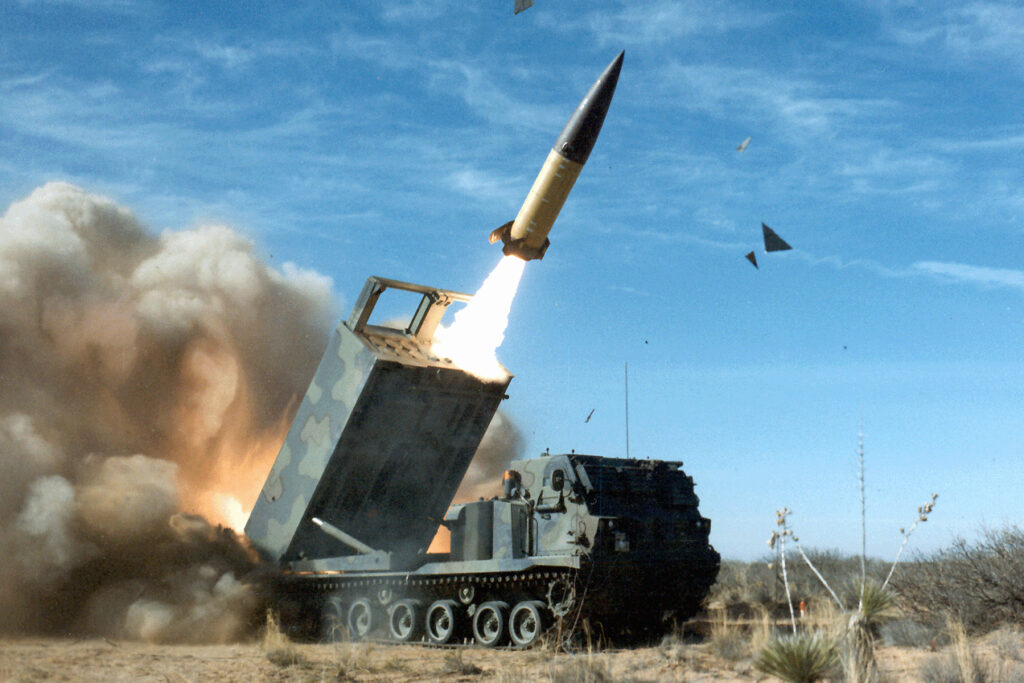
What damage can Ukraine inflict on Russia using its long-range Western weapons?
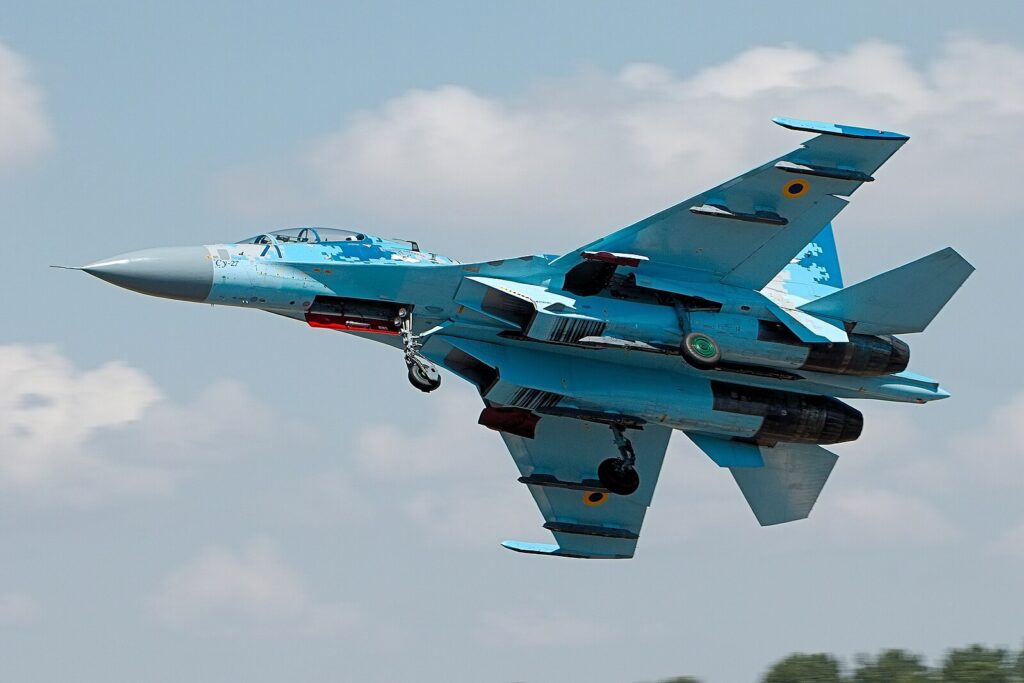
Where do NATO reporting names come from?
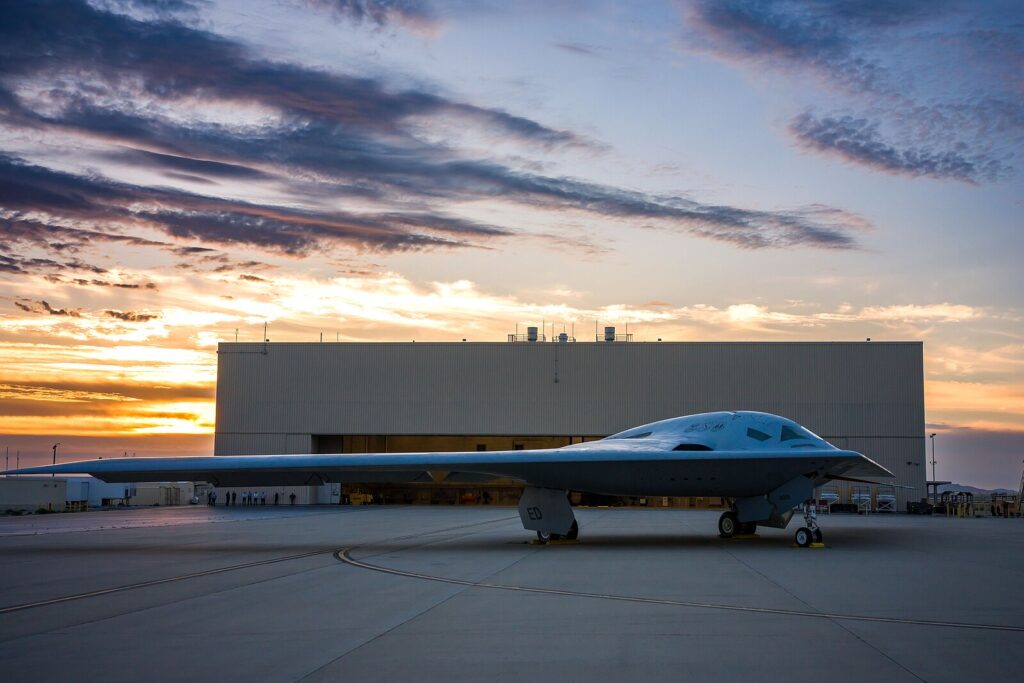
Video: The Air Force is considering the B-21 for air-to-air combat

Video: The Navy’s F/A-XX may become the first 6th generation aircraft in the world
Sandboxx News
-

‘Sandboxx News’ Trucker Cap
$27.00 Select options This product has multiple variants. The options may be chosen on the product page -

‘AirPower’ Classic Hoodie
$46.00 – $48.00 Select options This product has multiple variants. The options may be chosen on the product page -

‘AirPower’ Golf Rope Hat
$31.00 Select options This product has multiple variants. The options may be chosen on the product page -

‘Sandboxx News’ Dad Hat
$27.00 Select options This product has multiple variants. The options may be chosen on the product page
